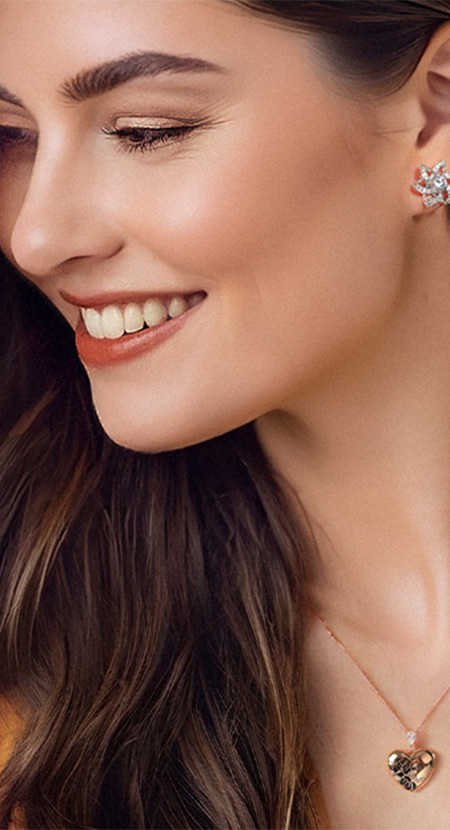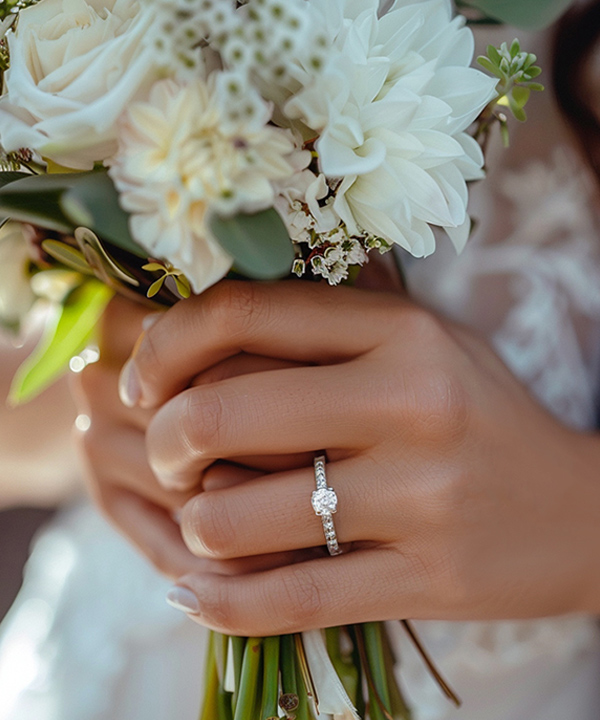Wedding Traditions in Different Countries

Weddings are one of the most important events in a person's life, and they are celebrated in various ways around the world. Each culture has its unique set of customs and traditions that make its wedding ceremonies stand out. Do you want to explore traditional wedding customs in different countries? This article will take you on a wonderful cultural journey!
Mexican Wedding Traditions
Mexican wedding style is characterized by its vibrant and colorful decor, rich cultural symbolism, and emphasis on family and community. Weddings in Mexico are always passionate and romantic.
Las Arras Ceremony

In Mexican weddings, the bride and groom exchange thirteen gold coins during the Las Arras ceremony. The coins, also known as arras, symbolize the groom's commitment to support his bride and their future family. During the ceremony, the groom presents the thirteen coins to the bride, who then accepts them in the presence of the priest and the guests. The coins are typically held in a decorative box or pouch, and they are blessed by the priest before they are exchanged. After the exchange, the bride and groom may then give the coins to a family member or close friend as a symbol of their commitment to each other and their willingness to share their wealth and resources with their loved ones.
El Lazo Ceremony

El Lazo is a traditional Mexican wedding ritual that binds the bride and groom's wrists with a decorative rope or ribbon. The Lazo is typically made of white satin, rosary beads, or flowers, and it symbolizes the strong bond between the couple and their commitment to each other. During the ceremony, the Lazo is draped over the bride and groom's shoulders and then tied in a figure-eight shape around their wrists. The Lazo is often held by the bride and groom's family members or close friends, who may also offer words of blessing or encouragement to the couple.
Chinese Weddings Traditions
Chinese culture is heavily influenced by its long-standing traditions, and this is evident in its wedding customs. Before the wedding ceremony, several significant rituals are performed to ensure a fortunate union and a prosperous future for the newlyweds.
Traditional Wedding Attire

The traditional wedding attire for a Chinese bride is a red qipao or a two-piece dress called a cheongsam, which is embroidered with gold or silver thread and features intricate designs. The dress typically has a high neckline, short sleeves, and a form-fitting silhouette that flares out at the bottom. The groom traditionally wears a red, black, or blue silk coat called a changshan, which features a mandarin collar and is buttoned down the front. The changshan is typically paired with black or grey pants and black shoes. Besides, the bride and groom also wear dragon and phoenix bracelets, which are traditional Chinese wedding jewelry that represent the union of the bride and groom. They are usually made of gold and have an intricate design.
Tea Ceremony

The tea ceremony is a significant tradition in Chinese weddings that symbolizes respect, gratitude, and unity between the couple and their families. During the tea ceremony, the bride and groom serve tea to their parents, grandparents, and other elder relatives, as a way of thanking them for their love, guidance, and support. The ceremony typically takes place after the wedding ceremony, and the couple may change into traditional Chinese clothing for the occasion. The tea is typically served in small cups, and the bride and groom kneel in front of their parents and offer them the tea. In return, the parents and elders may give the couple red envelopes filled with money or other gifts as a way of wishing them good luck and prosperity.
Japanese Wedding Traditions
Japanese wedding traditions are deeply rooted in culture and symbolism, and they vary depending on the region and the couple's personal preferences. Here are some of the special Japanese wedding traditions.
San-san-kudo Ceremony

The San-san-kudo ceremony is a traditional Japanese wedding ritual that is typically performed during the Shinto wedding ceremony. During the San-san-kudo ceremony, the bride and groom each take three sips of sake from three different cups, which are stacked on top of each other. The cups are filled with different sake blends, which represent the past, present, and future. The bride and groom then offer the cups to their parents, who also take three sips from each cup. The ritual is meant to signify the union of the bride and groom with each other and with their families. The number three is considered lucky in Japanese culture, and the three sips represent the three human flaws hatred, passion, and ignorance. By taking the three sips, the couple is believed to be purifying themselves of these flaws and starting their new life together with a fresh and positive outlook.
Blessings from Origami Cranes

In Japanese weddings, folding 1,000 origami cranes is a traditional practice that is believed to bring good luck and prosperity to the newlyweds. The origami cranes are typically made of colorful paper and are strung together to create a garland or display. The tradition of folding 1,000 origami cranes, also known as Bengaluru, originated from a Japanese legend that states that anyone who folds 1,000 origami cranes will be granted a wish by the gods. The folding of 1,000 origami cranes is often done by the bride and groom, their families, and their friends as a way of wishing the couple good luck and happiness in their marriage. The cranes are typically displayed at the wedding ceremony or reception, and they serve as a symbol of the couple's commitment to each other and their hopes for a long and prosperous life together.
Indian Wedding Traditions
In India, weddings are a celebration of family, culture, and tradition. They often last for several days and involve a series of rituals and ceremonies.
The Mehndi Ceremony

The Mehndi ceremony is one of the most important pre-wedding rituals in Indian culture and is typically held a few days before the wedding. The Mehndi designs are usually created with a paste made from the dried leaves of the henna plant. The paste is applied to the skin in intricate patterns using a cone-shaped applicator and then left to dry for several hours. Once the paste is removed, a beautiful temporary tattoo appears. This symbolizes the bride's beauty and grace. In Indian culture, Mehndi is more than just a form of body art. The ceremony itself is a festive and joyous occasion that brings together the bride's female relatives and friends to celebrate the upcoming wedding.
The Bharat Ceremony

The Bharat ceremony also plays a crucial role in Indian weddings, with the groom arriving at the wedding venue on horseback, surrounded by his family and friends. The wedding ceremony is often conducted by a Hindu priest, and the couple is bound together by a sacred thread. Wearing colorful, elaborate wedding outfits is also significant. The bride usually wears a red or gold sari and glory Maang Tikka. Maang Tikka is a part of their wedding attire. It is typically a piece of jewelry that consists of a chain with a central pendant that rests on the forehead. The groom may wear traditional Indian attire, such as a Sherwani or a Kurta, and he may be adorned with a turban or other traditional headgear.
Weddings are a reflection of a culture's heritage and traditions. Each country has its unique set of customs and traditions that make their wedding ceremonies special and memorable. Today's weddings often combine tradition and modernity. Many couples choose traditional ceremonies with modern wedding jewelry, such as moissanite rings. Vancaro offers a wide range of wedding jewelry customizations, from gorgeous vintage styles to minimalist modern styles. We are honored to create a piece of unique wedding jewelry for you.
When discussing wedding traditions, what is important to be mindful of?
Here are few key points:
1.Cultural sensitivity: Wedding traditions vary widely across different cultures and religions. It's crucial to be respectful of these differences and to avoid making assumptions or generalizations about what is considered "traditional."
2.Gender roles: Many traditional wedding customs involve specific roles and expectations for the bride and groom. It's important to be aware of these gender roles and to approach them in a way that is inclusive and respectful of all individuals.
3.Modern adaptations: While many couples choose to follow traditional wedding customs, others may opt for more modern interpretations or adaptations of these traditions. It's important to recognize and respect these choices, as they may hold significant meaning for the couple.
4.Personal preferences: Ultimately, every couple is unique, and their wedding traditions should reflect their values, beliefs, and preferences. It's important to listen to the couple's wishes and to be flexible and accommodating in creating a wedding ceremony that is meaningful and memorable for them.

Find Your Perfect Jewelry Quickly
Free One-on-One Jewelry Expert Consultation
Thank you!
Your Information has been successfully submitted. Our expert will contact you soon. FYI, please check your inbox for the coupon we sent via email.
OK

